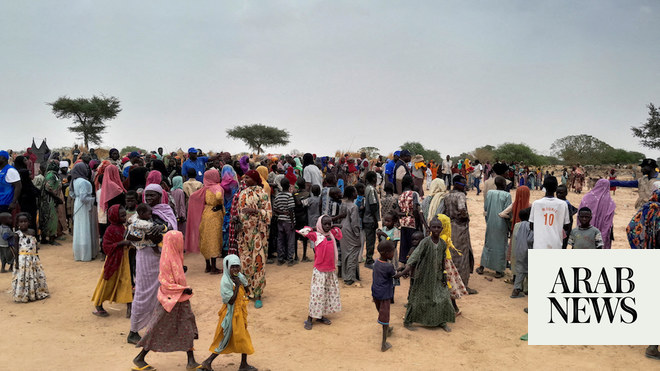
A study published by The Lancet recently warned that the coronavirus disease (COVID-19) pandemic could lead to a 14.3 percent rise in the stunting or wasting of children below five years of age in 118 low and middle income countries across the globe, adding nearly 7 million to the pre-pandemic estimate of 47 million stunted children this year. As many as 80 percent of the children at additional risk are in South Asia and sub-Saharan Africa, the two regions of the world most blighted by this easily preventable condition.
The Lancet report also stated that the fallout of the pandemic could mean an additional 10,000 child deaths due to malnutrition every month during the pandemic. As the pandemic is already in its 10th month, this could mean that 100,000 children may have already died, and all of these premature deaths were easily avoidable had governments taken some basic precautions. While few would question the wisdom of imposing lockdowns, governments all over the world — and notably in the lower and middle-income nations, affecting more than 75 percent of the world’s population — have consistently failed to anticipate the disproportionate manner in which such closures, even if extremely short and localized, impact underprivileged families, leaving their children vulnerable to severe complications arising from a lack of adequate nutrition.
Moreover, the impacts of lockdown are felt by poor and marginalized communities for much longer than their middle-class or rich counterparts. This is due to their economic impact. Already, there is a consensus that the COVID-19 pandemic could lead to the worst economic crisis the world has ever known, with most countries recording double-digit dips in their gross domestic product and gross national income (GNI). The Lancet also predicted that even fairly short lockdowns, with their severe disruptions to mobility and food distribution networks, could lead to an average decrease of 7.9 percent in the GNI of 118 low and middle income countries.
In South Asia and sub-Saharan Africa, the two most-affected regions, there are two subsets of nations. There are those that are among the poorest and least-developed countries and there are others that are developing, even if slowly and unevenly. Most of the sub-Saharan African nations fall into the former category. To make matters worse, many of these countries also suffer from civil unrest, ethnic conflicts or battles between various political groups, making their governments more focused on maintaining their hold on power rather than on governing. It is these nations where the global community can and should act immediately.
The affected countries are themselves often guilty of inaction, even in the face of such a massive problem.
Ranvir S. Nayar
The scope of the problem is immense. Globally, stunting and child wasting continue to be the biggest problems facing children, even though, in some parts, obesity has also begun to figure among the severe fallouts of nutrition-linked health issues. However, while the prevalence of obesity in children is more recent, stunting and wasting have been around for far too long and with very little progress made by the world. UNICEF has stated that, in 2000, 32.4 percent of all children aged under five suffered from stunting and, almost two decades later, in 2019, it had dipped but only to 21.3 percent, while 6.9 percent suffered from wasting. In total, 191 million children suffered from wasting and stunted growth last year.
The global community has committed to achieving balanced nutrition not only for the world’s children but the entirety of humanity by 2030 under the UN’s Sustainable Development Goals. The distance still to go to ensure balanced and adequate nutrition for all seems daunting. However, as with many other socioeconomic challenges, very little would be needed to remove this scourge for good. According to the World Bank, a measly $7 billion is needed every year for the next 10 years to achieve the UN goal for nutrition. To put that in perspective, to combat the COVID-19 pandemic’s impact, at least 10 major economies have this year each committed to at least a $1 trillion bailout. The $70 billion needed to end malnutrition seems like a very small price to pay.
But it is not just for the global community to act. Very often, the governments in the affected countries are themselves guilty of inaction, even in the face of such a massive problem. Take India, for example. It does not have any of the challenges that sub-Saharan Africa faces. It has been a stable democracy for 73 years, its economy has been booming for the last two decades, it has extensive government outreach and health services, as well as public education institutions that leave out hardly any communities. But the world’s fifth-largest economy is also home to 42 percent of the global incidence of child wasting, with 20 million victims each year.
The New Delhi government’s focus is clearly not on this very basic issue, which could be tackled on a war footing and forever if the political will was there. However, the problem continues in India. UNICEF stated that, in the 13 years from 2005 to 2018, incidence of severe wasting dropped marginally from 6 percent of all children below five years of age to 5 percent, while another 21 percent suffered from wasting. This is nothing short of criminal neglect by successive governments. Incidentally, India is also on track to miss all eight goals set by UNICEF to ensure balanced nutrition for every human being by the year 2025.
Prime Minister Narendra Modi recently named September as national nutrition month and this comes with very proactive media campaigning on the importance of a balanced and adequate diet. However, Modi would do well to look at the delivery of his promises on the ground. Only 33 percent of the food intended to be distributed to vulnerable sections of society to help them overcome the impact of lockdown has been delivered over the past five months. The figure will be even higher for remote and tribal areas. It is time for governments the world over to move away from slogans and deliver on what they have long promised.
Ranvir S. Nayar is managing editor of Media India Group, a global platform based in Europe and India, which encompasses publishing, communication, and consultation services.
Disclaimer: Views expressed by writers in this section are their own and do not necessarily reflect Arab News" point-of-view












